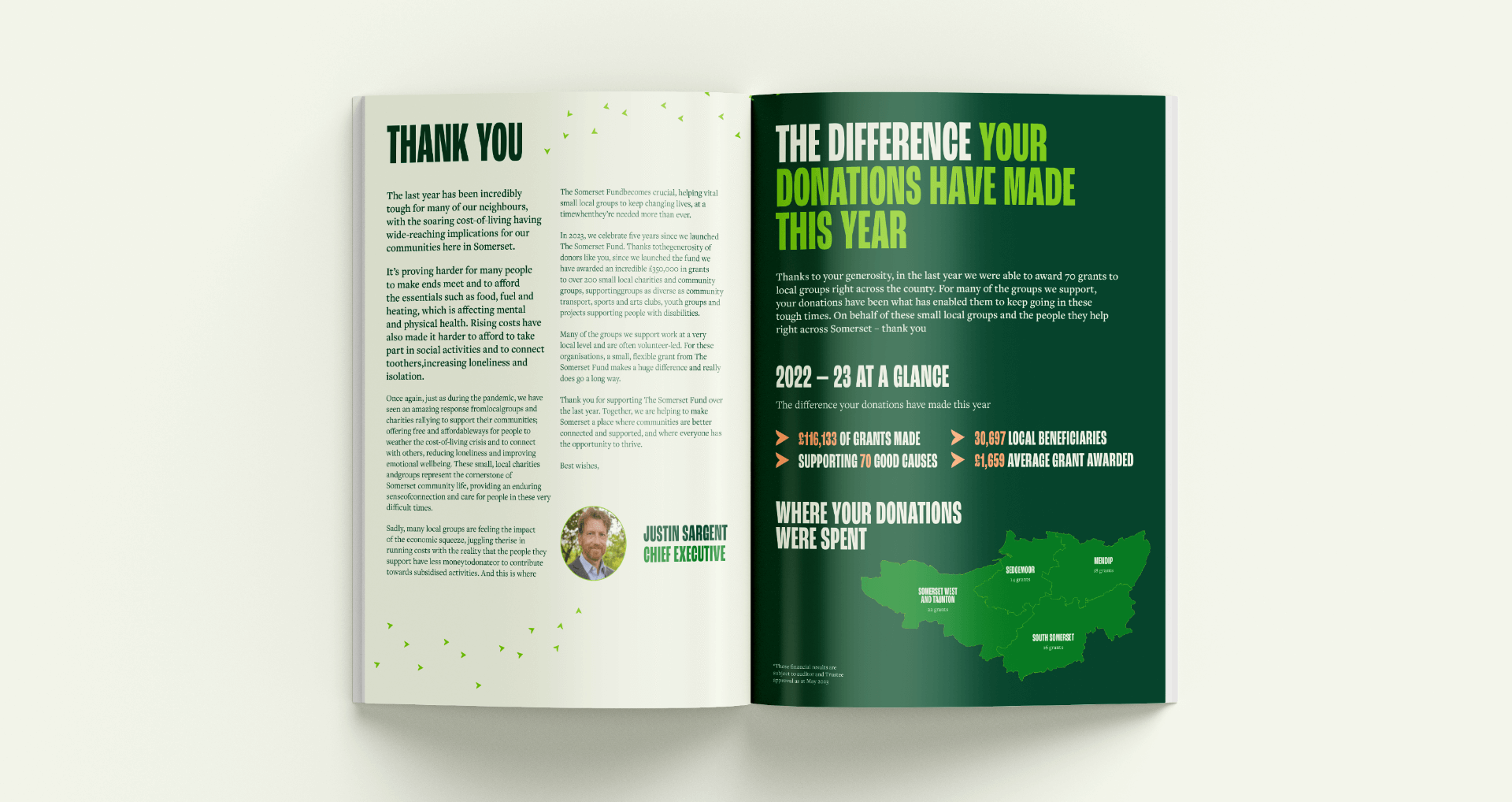AI – a brand consultant’s perspective
AI & creativity, productivity, inputs and outputs
While gathering material to write up some recently completed client projects as case studies, I was struck by two things, broadly based around creativity and productivity:
Firstly, by the many, varied, sometimes counter-intuitive and often unexpected influences that sparked the eventual brand identities.
And secondly, by how much we’ve actually achieved – something that can all too easily be overlooked when you’re caught up in the everyday and deeply immersed in doing the work.
Can we and should we do more?
Those themes of creativity and productivity feed into the big story which seems to never be more than a scroll away – AI and its consequences in general, and Chat GPT, in particular. It’s something I’ve been wanting to write about for ages, hoping I could alight on a definite perspective but I’m finding that I keep coming up with (or generating) more and more questions on this massive topic.
The evangelists would have us believe that anything that removes friction and saves us time has to be positive. But in my area of brand consulting (strategy and identity) – it’s taking time, asking lots of questions, acquiring a thorough understanding of what we’re trying to achieve and engaging collaboratively in a co-creation process – that yields the results our clients are looking for; namely, brand identities that can play a key role in driving their businesses forward.
It’s an approach that also plays into why me and my collaborators – the content strategists, copywriters, designers, animators, developers and photographers – who make up The Co-Foundry, do what we do. Pursuing the careers we love, in a way that everyone enjoys and gets satisfaction from, sustains us and I believe, contributes to the success of what we produce for, and with, our clients.
In short, how we create something matters and affects the outcome.
Technology has long been promoted for its time-saving aspects, as if saving time is a universal good and the only marker of progress. But faster and with zero friction isn’t always better. And then there’s also the question – what are we saving all this time for? (More on that later.)
Beautifully human
The strategic intention, range of information, diversity of perspectives and lived experience that us humans bring to the creative process are instrumental to successful branding. These elements are not easily reduced to an algorithm and even if they were, AI would still treat these ‘data points’ in a value-neutral way – something which explains why ChatGPT text can end up sounding flat or slightly off.
Our human brains may not be able to come up with ideas instantly on command but, as the illustrator Rob Biddulph says, ‘Pressing a button to generate something is not a creative process’. Not knowing how you’re going to do something and working things out as you go along is an essential stage in the creative process. Even Kevin Kelly, founder of Wired magazine (in a recent conversation with Tyler Cowan) says that when he sits down to write something, the very act of writing reveals what he thinks about it.
The answer lies in the struggle
Getting stuck and struggling is also part of the process – one that may not get the airtime it deserves. Being stumped may be uncomfortable because it represents a point of friction but it’s also essential because it forces us to slow down and/or step away which is very often when the seeds of a solution present themselves.
AI, by contrast, isn’t built to take time out, go for a walk or get annoyed with itself and interrogate what it’s doing so it can gain a better understanding of what it’s looking to achieve.
When we’re stuck, it might feel good to know there’s something to hand that could make the problem we’re trying to solve, melt away. But the struggle for an answer, the process – considering possibilities rather than just scanning probabilities is what being human is all about.
Creativity is an act of noticing
Quoting the words of the great Rick Rubin, creativity is ultimately an act of noticing and choosing what we pay attention to. In his recently published book, The Creative Act, A Way of Being, Rubin makes a timely case in this age of accelerating technological capabilities for broadening our practice of awareness:
there’s an endless amount of data available to us and we have a limited bandwidth to conserve, [so] we might consider carefully curating the quality of what we allow in.
It’s these very choices and intentionality that distinguishes human output from AI whose efficiency doesn’t give nuance a look-in. Human creativity – be it in brand design, art or writing takes a point of view – an element that injects soul into the finished work giving it meaning and elevating it beyond the merely decorative.
So how should we live with AI?
There are a multitude of voices and a somewhat controversial letter (‘Pause Giant AI Experiments’ from the Future of Life Institute) calling time on untrammelled AI development and urging us to consider the sort of world we want to be shaping. Do we want to be enslaved by machines that we initially created?
US tech expert and law professor, Tim Wu warns of the risks already posed by AI, cautioning against building a future where ‘a tyranny of tiny tasks, individually simple but collectively oppressive’ sees us using the time we’ve ‘freed up’ to do more of the same, ultimately unsatisfying work. A future where convenience technologies (offering predictable results from minimal human effort) do the work for us rather than work with us. Wu calls for the intentional development of ‘demanding technologies’ that ask something of us – technologies that take time and skill to master and can both challenge and occupy us.
Will AI eat itself?
It seems there is no neat answer, just more questions: What will happen to AI if we increasingly keep turning to it for answers? How will that, in time, affect the quality of the inputs it’s receiving and learning from? Having initially learnt from human-originated databases, how soon will it get to a situation where it’s cannibalising itself, combing and then mashing up its own source material? How can its outputs keep pace with any sort of quality control if all they’re learning from and recycling is their own material?
This quote, from Milan Kundera’s novel, The Book on Laughter and Forgetting (from 1979 but wonderfully prescient) sums up the dilemma we may encounter, and it wouldn’t be good news for the creative industries, ‘One morning (and it will be soon), when everyone wakes up as a writer, the age of universal deafness and incomprehension will ensue.’






